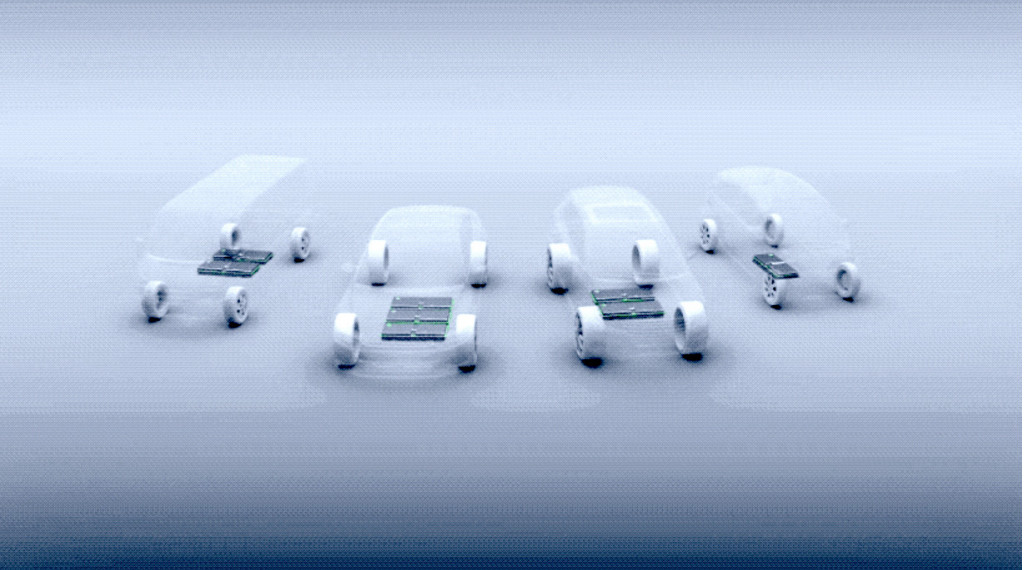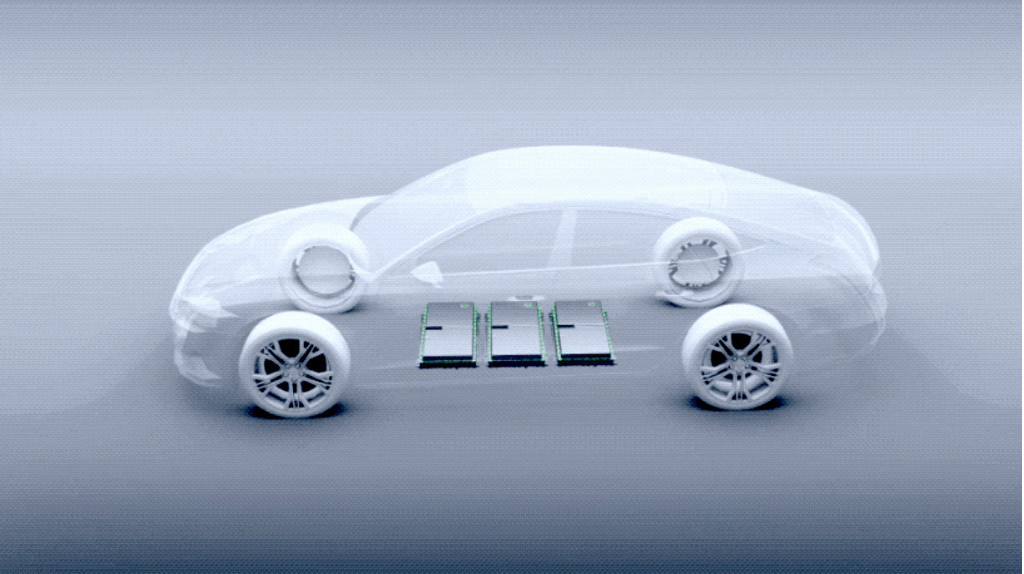Battery swapping, once considered a solution that had been outmoded by the capability for faster road-trip charging, is back—with the world’s largest battery supplier CATL onboard and launching an entire business around it.
That business, called Evogo, makes a lot of sense right now that the longtime reduction in battery cell cost has reversed course, largely due to supply constraints. Most EV owners tend to buy the vehicle with the bigger battery so as to eliminate range anxiety, when only 10-20% of the total capacity of the battery is needed for daily use. “They have paid a high sunk cost for a power capacity that is rarely needed,” the company sums.
In terms that customers, automakers, and regulators will all like, it’s a scheme that will allow lower-priced EVs, and more of them.
Evogo, will revolve around “an innovative modular battery swap solution” that uses standardized battery blocks and has “high compatibility with vehicle models.”

CATL Evogo battery swapping - comparing to chocolate bar
That takes the form of a new bar-like battery—nicknamed Choco-SEB and designed around the idea of battery sharing, supporting cell-to-pack technology and an energy density of more than 160 watt-hours per kg, with a volumetric energy density of 325 Wh/L.
CATL says each 26.5-kwh block can enable a driving range of about 200 km (124 miles). And the idea is that you may only need one of these blocks for daily commuting, while three of these will comprise a long-range battery, with customers at battery swaps potentially swapping just one block or all three as needed.Likewise, customers could potentially lease one block with the vehicle but rent additional blocks as needed for a long trip.

CATL Evogo battery swapping
One of the biggest barriers for battery swapping today is compatibility and the vast array of different cell formats, packaging methods, and cooling strategies. But CATL says that the swapping system is compatible with “80% of global BEV platform-based vehicle models available on the market, and all BEV platform-based models to be released in the next three years globally.” That would include Tesla, which established a battery swapping pilot program in 2014 and abandoned the idea a short time later.

CATL Evogo battery swapping

CATL Evogo battery swapping

CATL Evogo battery swapping
The new swapping-friendly pack contains a wireless battery management system (BMS), and has no parts on the exterior of the pack other than the high-voltage terminals. It’s compatible with existing onboard chargers and home charging.
Evogo’s swapping station will take up the space of about three parking spaces, according to the company, with 48 of the battery blocks in stock and a swapping time of just one minute for a single block. The system is designed to be compatibility not just with compact to midsize passenger vehicles but also with logistics and delivery vehicles—so the swapping stations have been designed around this, too.

CATL Evogo battery swapping
Nio is the only automaker that offers a significant focus on battery swapping. Last year it announced plans to have 4,000 swapping stations globally by 2025, with its proprietary solution offering a full long-range battery swap in about five minutes. In the U.S., the Bay Area startup Ample claims to have a modular solution that can be used on a wide range of vehicles. It’s working with Uber to demonstrate the tech on a fleet of Nissan Leafs, which are air-cooled, but it’s unclear how the solution interfaces with different liquid-cooling systems.
For Evogo, an app will link customers with the swapping service so as to line a battery block up when en route.
Initially, according to the company, Evogo will be launched in 10 cities. More information about compatible models and platforms is coming soon.













